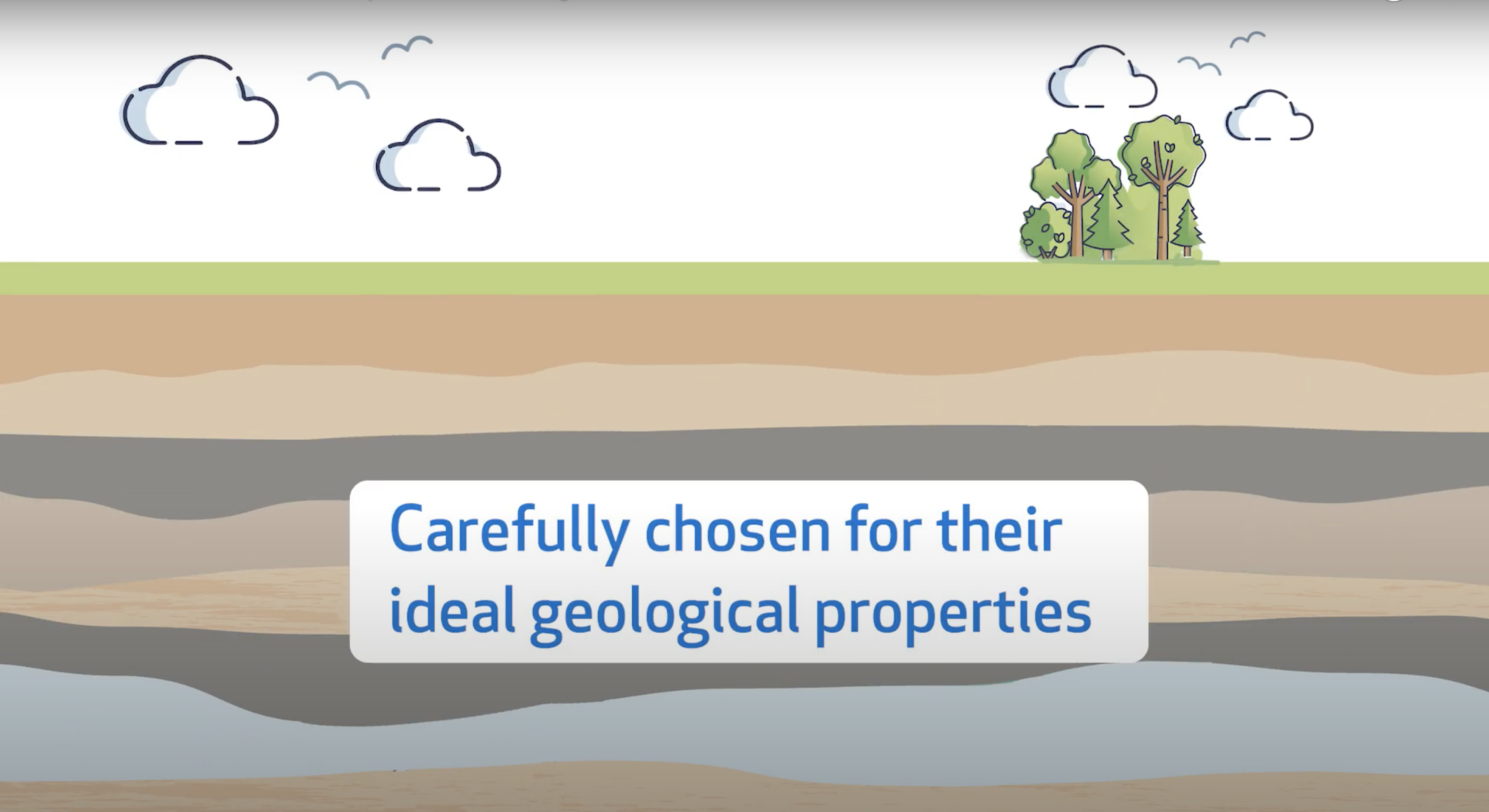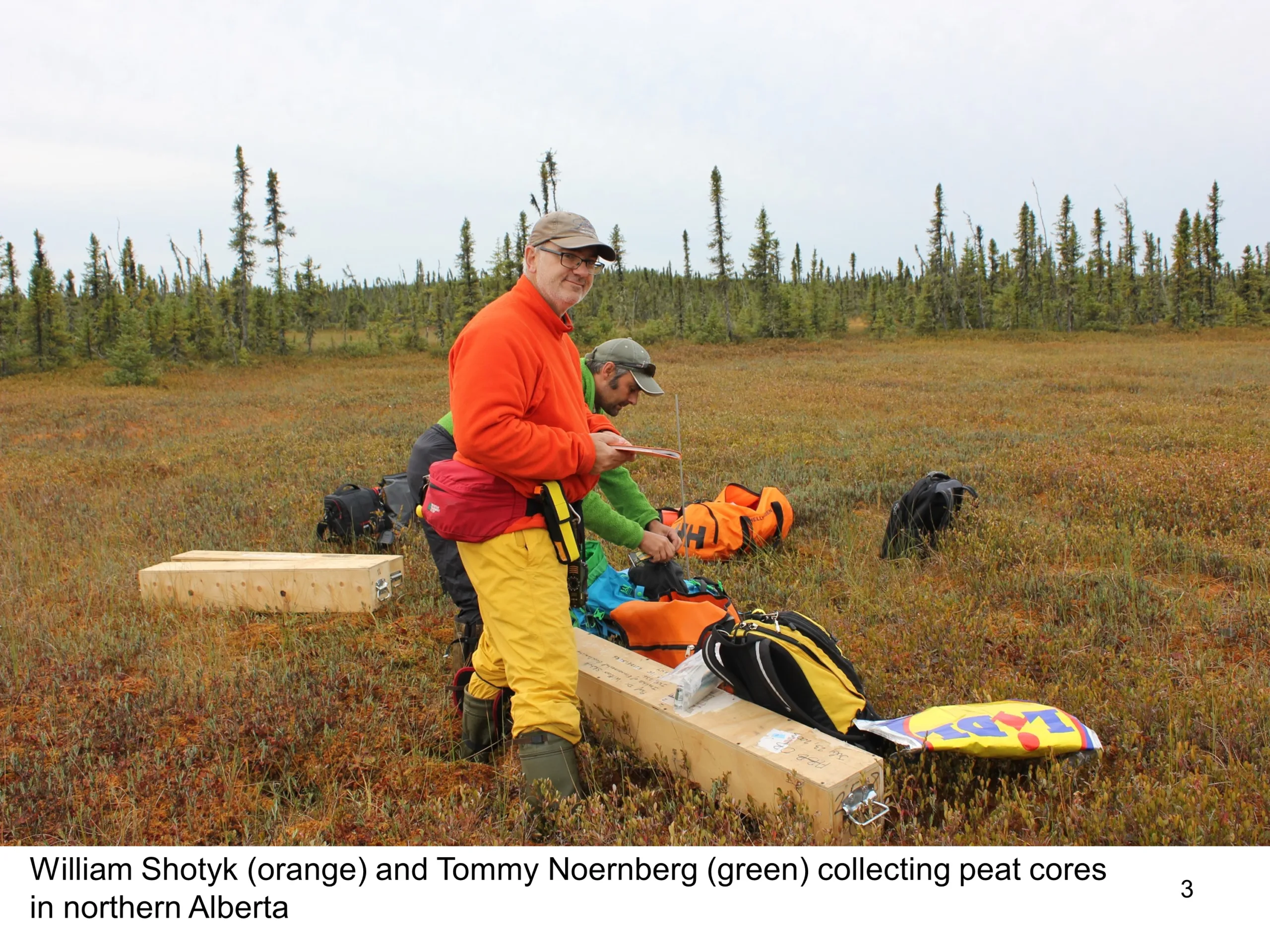How will industry manage and reduce risk on its proposed CCS network?

Pathways Alliance proposed foundational project is a carbon capture and storage (CCS) network and CO₂ pipeline which will have the capacity to gather captured CO₂ from more than 20 oil sands facilities (14 by 2030) and transport it to a hub in the Cold Lake area of Alberta for safe underground storage. The line would also be available to other industries in the region interested in capturing and storing CO₂.
This project alone could reduce net carbon dioxide emissions by about 10 to 12 million tonnes per year by 2030 from the first 14 facilities, about half of our 22 million tonne per year goal by the end of the decade. The early engineering and environmental assessment work is well underway to get us ready to apply for construction.
When complete, this project would be one of the world’s largest with a potential to capture as much as 40 million tonnes of CO₂ annually by 2050.
As with any major energy infrastructure project, safety is top priority and the oil sands can draw on a wealth of experience – more than 45 years’ worth – from long-standing CCS projects in the oil and gas sector and from CCS projects deployed around the world.
CCS in a nutshell
CCS technologies capture carbon dioxide (CO₂) emissions from industrial facilities before they enter the atmosphere, and then store (sequester) the CO₂ safely and permanently deep underground. Industry plans to store captured CO₂ in deep saline aquifers a kilometre or more underground. This depth is well below any freshwater sources, which are typically less than 150 metres below surface in this region.
The right geology
Geologically speaking, some storage sites are better than others and Alberta has world-class geology that’s ideally suited for safe, permanent storage of captured CO₂. The multiple overlying layers of impermeable rock formations found in the Western Canadian Sedimentary Basin act as natural underground seals. This same type of geology stored Alberta’s oil and gas reserves underground for millions of years.
The captured CO₂ is stored below impermeable caprock where there is the least risk of fluid migration. Scientific research and decades of experience demonstrate that CO₂ can be safely stored underground in this way locked in deep, porous rock formations for thousands of years.
Careful site selection and extensive monitoring ensure the injected CO₂ remains sequestered and does not have any impact on the environment or geological stability.
Managing risk
The primary work to prevent risk starts at the design stage and continues through construction and operations with sophisticated safety measures and constant real-time monitoring. Engineers, geoscientists and other experts undertake detailed evaluation work to identify any potential risks and develop plans to prevent them.
Risk management plans have multiple safety redundancies built in and will be presented to the Alberta Energy Regulator when Pathways Alliance files a formal regulatory application in late 2023. These plans include everything from how to have the least possible impact on land during construction, to preventative measures for unplanned migration of CO₂, to what CCS monitoring will look like. There is also an emergency response plan in the unlikely event of an incident.
Continuous monitoring
CCS is a precise science backed by decades of research and the Pathways Alliance team has significant technical experience understanding subsurface reservoirs, rock properties and the ways in which CO₂ can be safely transported and stored. Technical experts will conduct extensive and rigorous monitoring underground in the injection wells, the storage formation, deep monitoring wells and shallow groundwater wells to provide the highest possible levels of assurance to Indigenous groups and other stakeholders.
Regulatory standards
Because of Alberta’s early adoption of CCS, the province has comprehensive legislation governing CCS.
CCS storage sites in Canada are also subject to stringent federal regulations and the Canadian Standards Association (CSA) finalized the world’s first standards for safe geological storage of CO₂ in 2012. They were developed to provide guidelines for future CCS operations in Canada and the U.S. In fact, Canada is recognized globally as a leader in CCS technologies and countries elsewhere are looking to the lessons learned in Canada’s oil sands.
Industry’s experience with CCS
The Quest Carbon Capture and Storage facility in northern Alberta has been demonstrating that large-scale CO₂ capture is a safe and effective way to reduce CO₂ emissions from industrial sources since 2012. Between 2015 and 2021, the facility captured and safely stored six million tonnes of CO₂ and at a lower cost than anticipated. This number is the equivalent to removing ~1.3 million cars off the road. (Canadian Natural has Quest majority ownership of 70%; Chevron Canada owns 20% and Shell Canada 10%).
Canadian Natural has advanced several other CCS initiatives over the years. This Pathways Alliance member is the sixth largest industry owner of CCS capacity in the world and the largest in Canada.
The Pathways Alliance is an example of how industry and government are joining forces to progress CCS technology further and faster and share CCS deployment costs.
Canadians can learn more about foundational CCS project, and Pathways Alliance’s plan to develop and deploy technologies to reduce emissions by visiting https://pathwaysalliance.ca.


